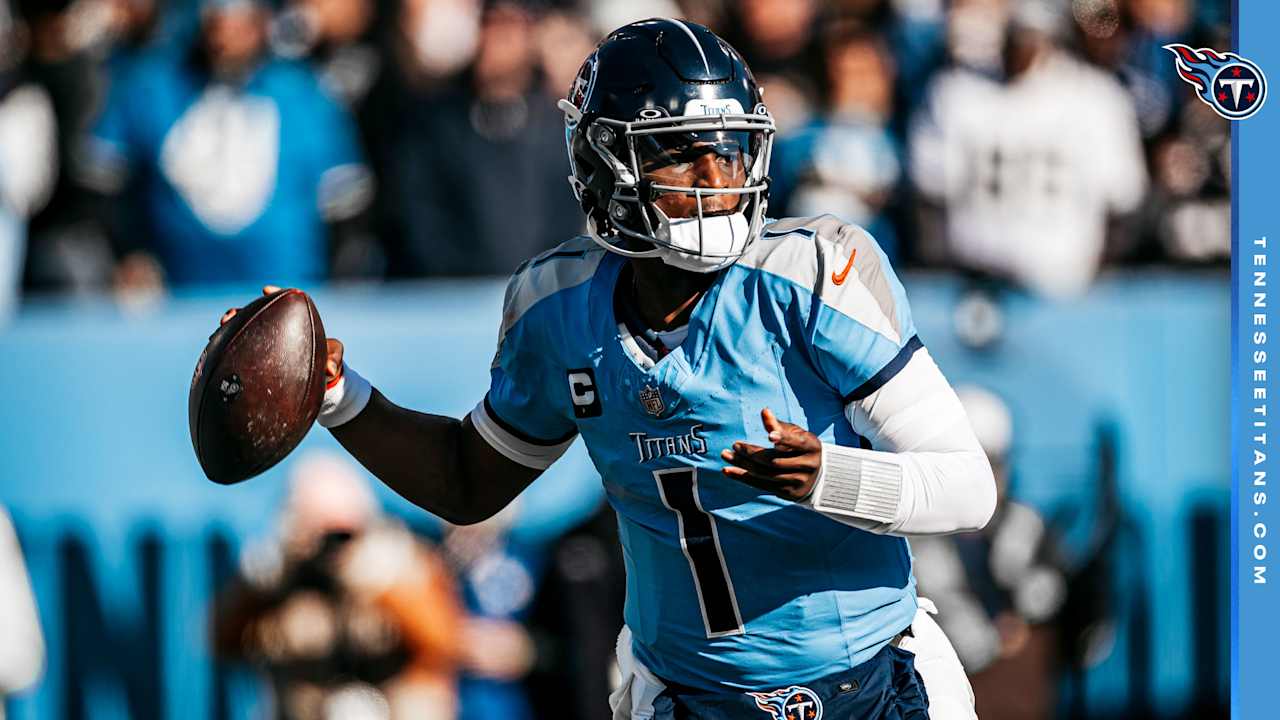“Without James Brown, the whole trajectory of culture goes somewhere else” … “He’s authentically and unapologetically Black” … “He marched to the beat of his own drum — literally.”
Those declarations from LL Cool J, Morehouse College’s Dr. David Wall Rice and Rev. Al Sharpton, respectively, are just a few of the illuminating comments peppering the first two hours of A&E’s James Brown: Say It Loud which premiered Monday (Feb. 19). The second half of the network’s four-hour docu-series bows Tuesday (Feb. 20) at 8 p.m. ET.
Three days prior to the docuseries’ premiere, a never-heard Brown song was also released through Republic/Universal Music Enterprises. “We Got to Change” follows in the vein of Brown’s other message songs like “Don’t Be a Dropout” and “Say It Loud – I’m Black and I’m Proud.”
Recorded on Aug. 16, 1970, at Miami’s Criteria Studios, “We Got to Change” features the invigorating presence of Brown’s then-new band The J.B.’s. The driving force behind songs such as “Get Up (I Feel Like Being) a Sex Machine” and “Super Bad,” The J.B.’s included bassist William “Bootsy” Collins and his guitarist brother Phelps “Catfish” Collins. The newly discovered vault gem — a mirror reflection of today’s social climate some 54 years later — also boasts the presence of Brown’s longtime No. 2 Bobby Byrd and one of Brown’s well-known sidemen, Clyde “The Funky Drummer” Stubblefield.
Directed by Deborah Riley Draper, James Brown: Say It Loud presents an unvarnished look at Brown’s uphill climb from seventh grade dropout, shoeshine boy and buck dancer to soul/funk pioneer, business mogul and civil rights activist. It’s also a success story riddled with setbacks: his endorsement of President Nixon, physical and verbal abuse of women and drug use. Overall, however, the documentary underscores how Brown’s legacy as a top-flight showman with dazzling footwork, his sixth sense musically and entrepreneurial hustle skills have continued to inspire and influence a host of acts from Parliament-Funkadelic and Michael Jackson to Usher, Bruno Mars and Janelle Monae.
The first hour, titled “Making a Life for Myself,” takes viewers from Brown’s 1933 birth in Barnwell, S.C., to his poverty-ridden childhood in Augusta, Ga. (He was nine years old when he got his first pair of underwear from a store.) Also spotlighted: the future legend’s early career traveling the chitlin circuit and game-changing 1963 live album with the Famous Flames, Live at the Apollo (which Brown financed himself). Outlined in between are Brown’s gospel and jazz influences, his detention stint for car theft, fortuitous meeting with Byrd (who’d earlier founded the Flames) and his first two R&B hits, 1956’s “Please, Please, Please” and 1958’s “Try Me.” As Brown states matter-of-factly in one interview clip, “I had to have determination … my determination was to be somebody.”
“The Most Powerful Black Man in America,” the documentary’s second hour, chronicles Brown’s still-evolving career, beginning with his and the Flames’ cameo in the 1965 film Ski Party starring then-pop heartthrobs Frankie Avalon and Annette Funicello. That same year, Brown unleashed his R&B chart-topper and first Billboard Hot 100 top 10, the rhythm- and horn-driven “Papa’s Got a Brand New Bag.” That song, in turn, sparked a run of top 10 hits — including “I Got You (I Feel Good),” “It’s a Man’s Man’s Man’s World” and funk escalator “Cold Sweat” — while simultaneously forging the James Brown sound alongside that of Motown, Stax, Memphis and Muscle Shoals.
Of note as well in the second hour: Brown’s personas as a perfectionist (fining musicians $50 for a missed note), civil rights activist (keeping the peace at an already scheduled Boston Garden concert the day after Dr. Martin Luther King’s 1968 assassination; the origin of his Black empowerment anthem “Say It Loud”) and savvy businessman (owner of three radio stations, a restaurant chain and his own jet) whose misstep in endorsing Republican president Nixon led to backlash from the Black community. Rounding out the segment are Brown’s collaboration with new band The J.B.’s, as well as his pivotal deal with Polydor Records after a long association with Syd Nathan’s King label.
In addition to Collins, the documentary features a diverse range of artists, songwriter-producers, executives and family members sharing their perspectives on Brown’s influential legacy. Among them: Public Enemy’s Chuck D, Jimmy Jam & Terry Lewis, Dallas Austin, jazz bassist Christian McBride, female rap pioneer MC Sha-Rock, Brown’s tour director Alan Leeds, Universal Music Group’s general counsel Jeff Harleston, Mick Jagger and Ahmir “Questlove” Thompson (both of whom executive produced the documentary with Tariq “Black Thought” Trotter) and Brown’s children Deanna, Yamma and Larry. Even more compelling in relaying Brown’s story are the archival performance footage, interview clips and photos that Draper and her team put together.
James Brown: Say It Loud, concludes Tuesday (Feb. 20) on A&E. The documentary’s final two hours address the late singer’s personal life; his global status as a headlining performer at Zaire 74, a three-day festival in Africa conceived to help promote the 1974 boxing match between Muhammad Ali and George Foreman; and Brown’s major role in laying the foundation for hip-hop amid the advent of sampling.





